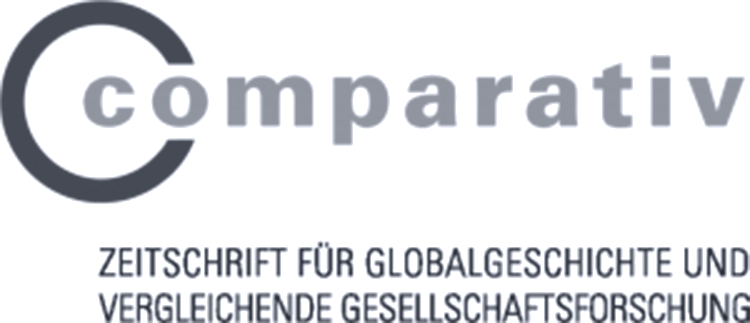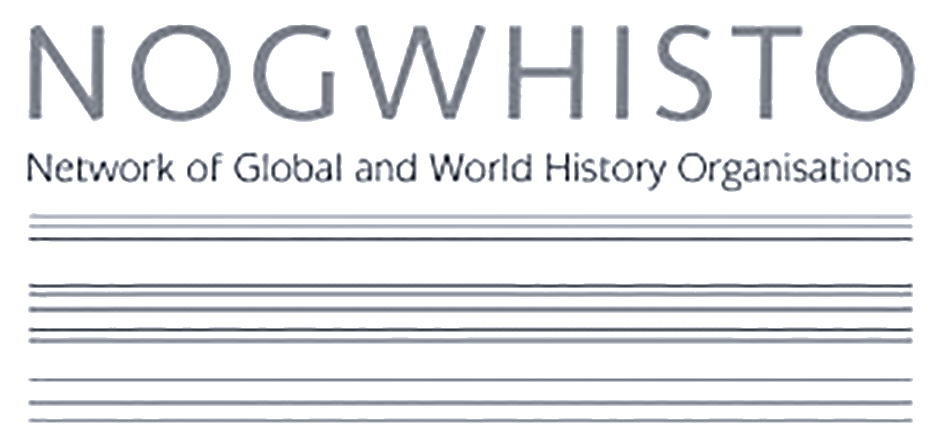L Other
Illegal, "Coloured" or Only Neutral? Global Trade and Agency from the Periphery, c.1750-1815
Event Details
-
Date
I. Wednesday, 10th September, 14:30-16:30
-
LocationN2050
-
ThemeL Other
Convenor
- Leos Müller (Stockholm University)
Chair
- Leos Müller (Stockholm University)
Panelists
- Leos Müller (Stockholm University)
- Gustav Ängeby (Stockholm University)
- Jeremy Land (University of Helsinki)
Papers
-
Jeremy Land
“Illicit and Neutral": The Transition from Colonial Smuggling to Free Trade in the American Colonies and Early U.S. Republic. -
Examples from a Faroese contraband hub, 1767-1787
-
Leos Müller
Contested Neutrality: Swedish prizes in the High Court of Admiralty, 1778-1801 -
Gustav Ängeby
The Commodification of Seafearers. 'Flag Captains', Crews, and the Careers of Scandinavian Neutrality in the Caribbean Sea and indian ocean, C. 1792-1807
Abstract
The period between 1750 and 1815 is marked by two contrasting global trends. On one side, it was a time of expanding global trade and increasing competition. The plantation economies in the West Indies and the transatlantic slave trade reached their peak, coinciding with the consumer revolution that transformed purchasing patterns in the Atlantic World and altered commodity flows among Asia, Europe, and the Americas. On the other side, the era was characterized by great power wars, revolutions, political fragmentation, and movements to abolish Atlantic slavery. The French and American revolutions, along with the collapse of New World colonial empires, opened new market niches that were seized by states and agents from the periphery of the Atlantic World.
This panel will present case studies that illustrate how agents from Denmark, Sweden, British North America, and the Early American Republic navigated this unstable, risky, yet highly profitable trade environment. The papers will show how these agents engaged in global trade, despite facing monopolies, mercantilist regulations, prohibitions, and the dangers of wartime conditions. Much of this trade was labeled by imperial powers as smuggling, illegal or “coloured” trade, or as legal but contested trade under neutral flags. The agents in these case studies claimed their rights to free trade and persevered despite significant risks. Furthermore, these studies will highlight that this illegal, “coloured,” and neutral trade from the periphery was an important component of late eighteenth-century globalization.



